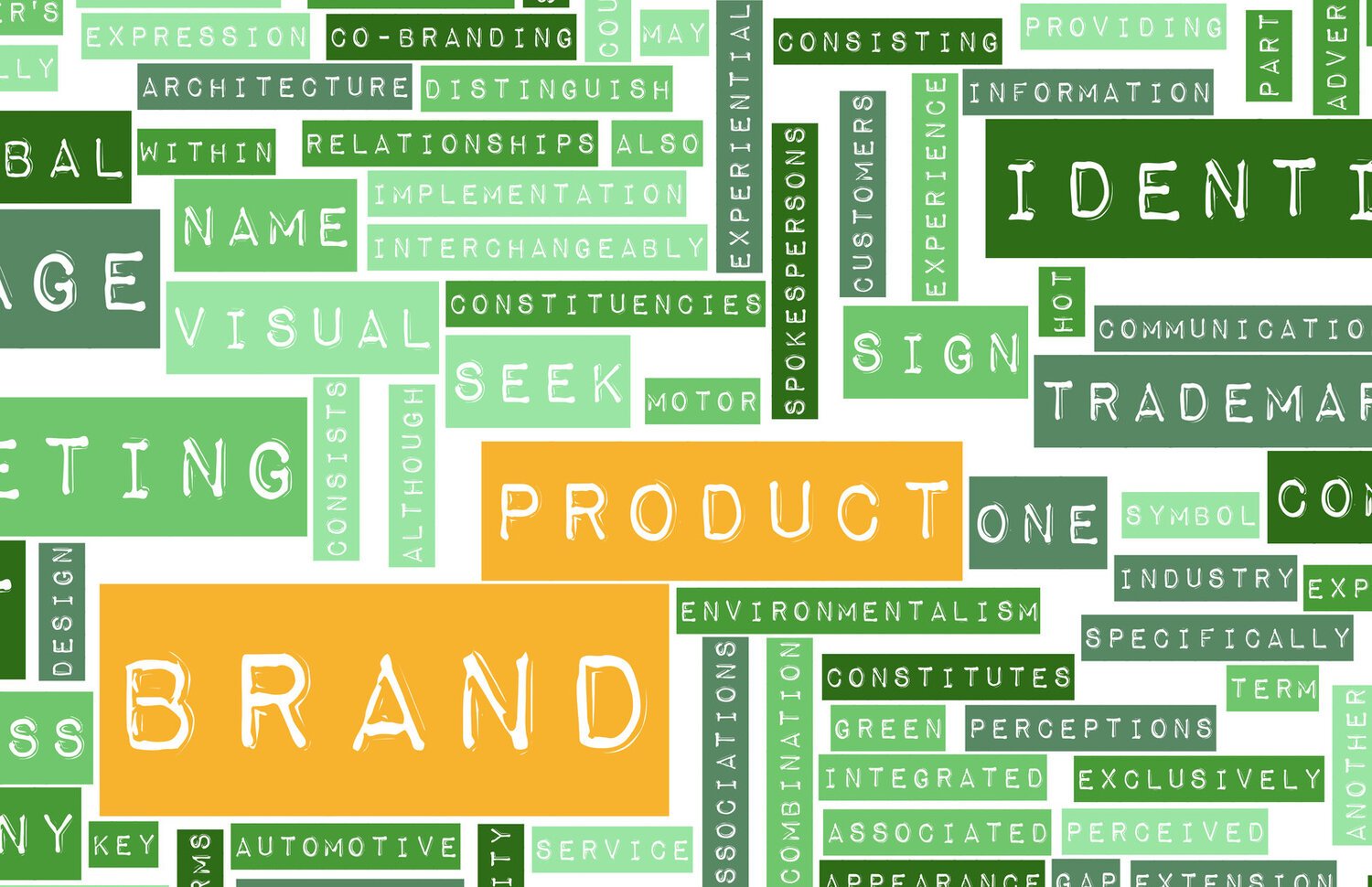
News and Events
Archive
- March 2025
- February 2025
- January 2025
- December 2024
- November 2024
- September 2024
- August 2024
- July 2024
- June 2024
- May 2024
- April 2024
- March 2024
- February 2024
- January 2024
- December 2023
- November 2023
- October 2023
- September 2023
- August 2023
- July 2023
- June 2023
- May 2023
- April 2023
- March 2023
- February 2023
- January 2023
- December 2022
- October 2022
- August 2022
- July 2022
- June 2022
- May 2022
- April 2022
- March 2022
- February 2022
- January 2022
- December 2021
- November 2021
- October 2021
- September 2021
- August 2021
- July 2021
- June 2021
- May 2021
- April 2021
- March 2021
- February 2021
- January 2021
- December 2020
- November 2020
- October 2020
- September 2020
- August 2020
- July 2020
- June 2020
- May 2020
- April 2020
- March 2020
- February 2020
- January 2020
- December 2019
- November 2019
- October 2018
Location is Everything - and not just when buying a house!
More than anyone, surveyors understand the importance of location. We master many types of tools to generate the specific data required for boundary lines, construction grids, laying out developments, creating 3D models of buildings and topography and more.
Brand your sweat equity
If you enter any building, by the time you hop on the elevator, you’ve probably seen multiple logos and ads in the building and on the clothing of the people you see. When you select your floor, you’ll see the logo of the elevator’s manufacturer on the panel.
But what about the company that actually constructed the building you’re in? After construction’s done, and the occupant moves in, the name of the builder is gone and probably forgotten.
That doesn’t have to happen.
Investments in Subsurface Utility Mapping Technology Mean Big Savings for Cities
Lack of buried asset information is estimated to cost the U.S. about $50 billion annually.
Construction intended to improve public infrastructure is the most costly and involved public works undertakings by government and contracting firms.
It’s surprising that many of the costs associated with large-scale construction projects stem from:
relocating underground utilities
designing around them so they don’t need to be moved.
The Crucial First Step in Fixing America's Aging Underground Utility Infrastructure
Over the next 20 years, upgrades to the nation’s water system alone are expected to cost three to five trillion dollars. Yet appropriations to replace critical infrastructure continually fall short. Municipalities and utility companies are under enormous pressure to make existing assets more efficient.
The Real Meaning of "Good Fences Make Good Neighbors"
In his poem, Mending Wall, Robert Frost captured the adage of a New Hampshire neighbor who observed “Good fences make good neighbors.”
While this may be true in cases where boundary lines are valid and undisputed, fences can make decidedly worse neighbors when the fence lines are in question. The sovereign boundaries and borders of nations, in particular, make for hotly contested claims if the official lines are vague or questioned.
Disasters Underscore Critical Need for Connected Utility Infrastructure
On Sept. 14, 2018, Hurricane Florence slammed into the Carolinas, bringing with her powerful winds, torrential rains and the potential to wreak catastrophic destruction. Though Florence was downgraded to a Category 1 storm as it moved over land, its high winds and rain toppled trees, triggered massive flooding and caused power transformers to explode like fireworks, leaving hundreds of thousands of people without power. More than 40 people have died as a result of the storm and flooding.






